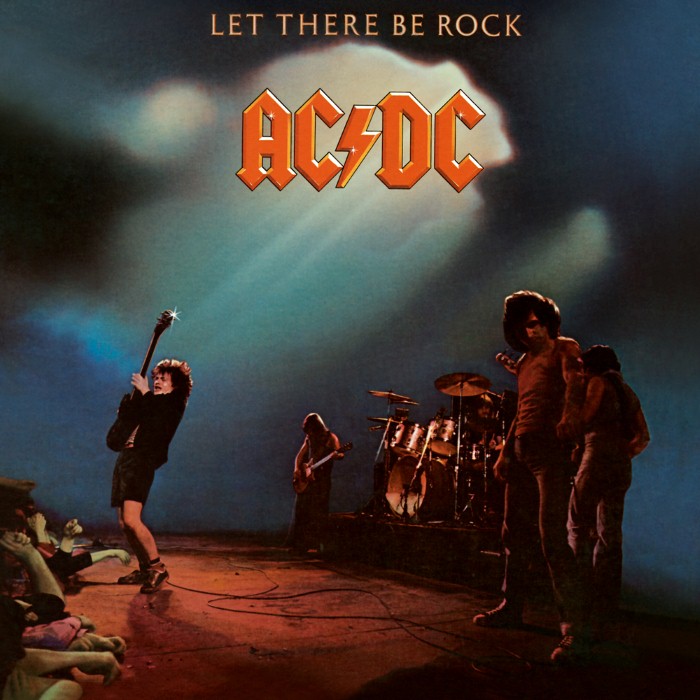Record of the week: AC/DC, Let There Be Rock
An album that embodies the spirit and energy of rock ‘n’ roll in its purest form
More stories from Parker Reed
Photo by SUBMITTED
The iconic artwork featured on Let There Be Rock differs in both Australia and New Zealand, as those nations opted to use a simpler cover featuring a guitar neck and an alternate take on the classic AC/DC logo.
Alternating current/direct current. Energy. The one word that best describes the iconic hard rock band AC/DC. Their energy was at its peak in their classic record “Let There Be Rock.”
When “Let There Be Rock” dropped on March 21, 1977, it was AC/DC’s third internationally released studio record. Although it made a name for itself on the charts in European and Australian territories, it did not immediately chart well in the United States.
The seminal hard rock record debuted at #154 on the Billboard 200 Albums chart in the U.S., a disappointing figure for the band and its label, Atlantic Records. The band had just begun to gain national recognition after landing an opening slot on the 1977 KISS ‘Love Gun’ arena tour. This adversity was not new to the band however, and the frustration and passion the band had endured for so many years is evident on the entire recording.
“Let There Be Rock” opens with the blistering one/two combo of “Go Down” and “Dog Eat Dog,” a combination of songs that has not been matched, in terms of intensity, since the album’s release. Lyrics like, “Every dog has its’ day, it’s a dog eat dog,” showcase how the band has had to work from the bottom up to achieve the international success that they now enjoy. However, the following song on the record truly exemplifies the signature sound the band brings to the table.
Hard-hitting vocals delivered by Bon Scott, long, blistering guitar solos by lead guitarist Angus Young and a groove that just doesn’t let up. These are some of the qualities that made the Bon Scott era of AC/DC so magical, and the title track, “Let There Be Rock” possesses all of those characteristics.
Lyrics referencing the rise of global rock ‘n’ roll domination, and the influence of classical composer Tchaikovsky on the genre catapult it immediately into rock anthem status.
After the conclusion of the title track, the album doesn’t leave any room for the listener to catch their breath or recover from the guitar-driven onslaught of the Young brothers. The next three tracks, “Bad Boy Boogie,” “Problem Child” and “Overdose” all deliver the powerful melodies and blistering guitar work with which AC/DC is synonymous. As strong as these tracks are, they aren’t as timeless and iconic as the final two tracks on the album.
“Hell Ain’t a Bad Place to Be.” AC/DC makes their opinion known on the track of the same name that has yet to leave their live concert set list 40 years later. It features a groove that rivals any Black Sabbath song, and it showcases lyrics that lay out things near and dear to the band members’ hearts.
The latter topic is discussed on the blues rocking track, “Whole Lotta Rosie,” a song about singer Bon Scott’s steamy one-night stand with a plus-sized woman. Mr. Scott loved women, and this puts it out there with no room for interpretation.
The song opens up with a syncopated guitar riff and drum beat that has prompted live audiences to chant lead guitarist Angus Young’s name in between the riffs refrain. It is hard-hitting, it is fast and it is an unapologetic ode to the rock ‘n’ roll way of life. A fitting end to a classic AC/DC album.
AC/DC’s, “Let There Be Rock” captures the true meaning of rock ‘n’ roll. It is fast, hard-hitting, bold and downright exciting.
If you’re looking for a straightforward fun time, look no further than this record. The 40 years that have passed between the album’s initial release and today, have done nothing but cement the album’s legacy in the pages of hard rock history.

